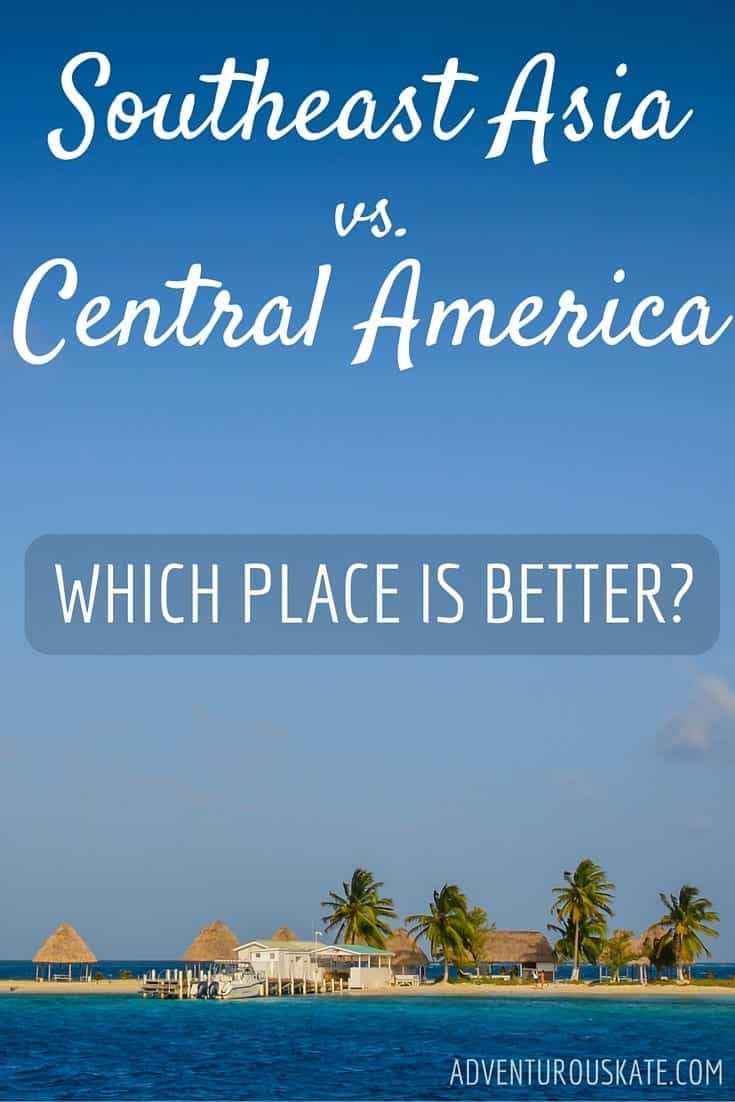Adventurous Kate contains affiliate links. If you make a purchase through these links, I will earn a commission at no extra cost to you. Thanks!
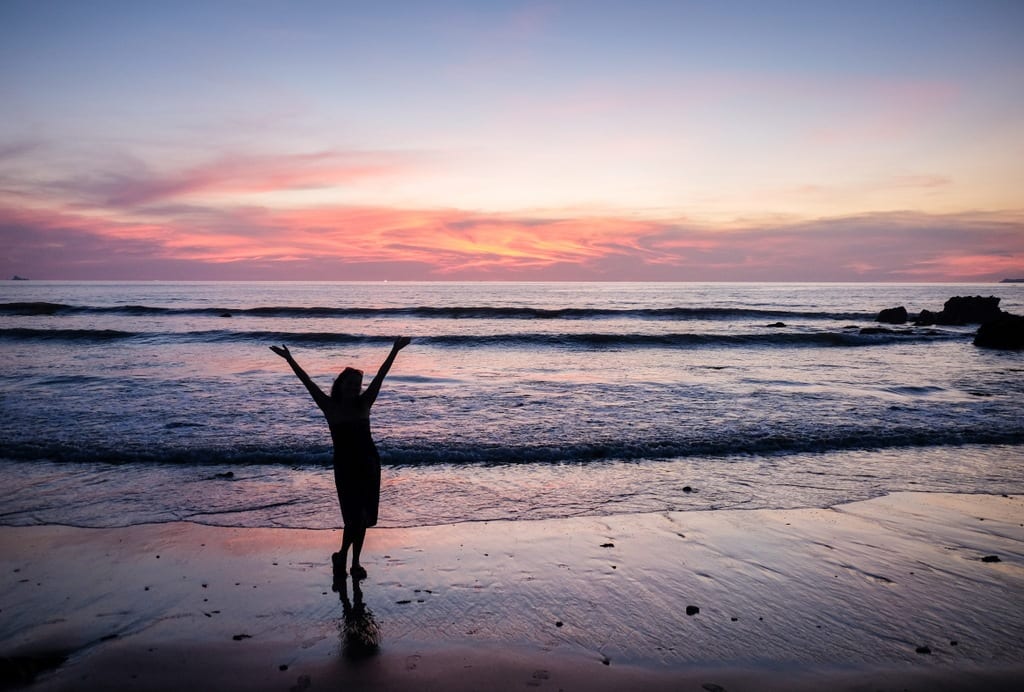
You’re ready to take the plunge — you want to start backpacking, possibly long-term, in a cheap part of the world. So, where is it going to be? We already know Europe will eat up too much cash!
Southeast Asia and Central America are two of the most popular destinations for backpackers. I’ve traveled extensively in both regions and fell in love with both of them.
You might think the backpacking world is the same everywhere. But as soon as I started backpacking Central America after years of exploring Southeast Asia, I was shocked at just how different it was. Not in just the obvious way, landscapes and food and culture, but also how different the backpacking scene felt.
So, which destination is right for you? I wrote this post to help you figure it out.

Weather and When to Go
Both of these destinations are similar — the weather is warm and you should visit during the northern hemisphere’s winter months.
Southeast Asia varies, but the Big Four — Thailand, Laos, Cambodia, and Vietnam — tend to have the best, coolest, and driest weather from January to March. There are some variations within this. Northern Vietnam can be chilly at this time; Thailand’s Andaman and Gulf Coasts often have opposite monsoons. Bali is completely different with a high season in the summer months.
You can visit Southeast Asia during the low season and still have a good time, but I would recommend avoiding Myanmar during their rainiest months of June to October due to flooding and poor infrastructure.
Central America has a similar season to Southeast Asia — you’ll find the nicest, coolest, driest weather from January to March. Central America is vulnerable to hurricane season, which runs roughly from August to November.
No matter where you’re going, look up the weather of the exact place you’re visiting to have the most accurate idea of what you’ll be facing.
Related: Best Time to Visit Costa Rica
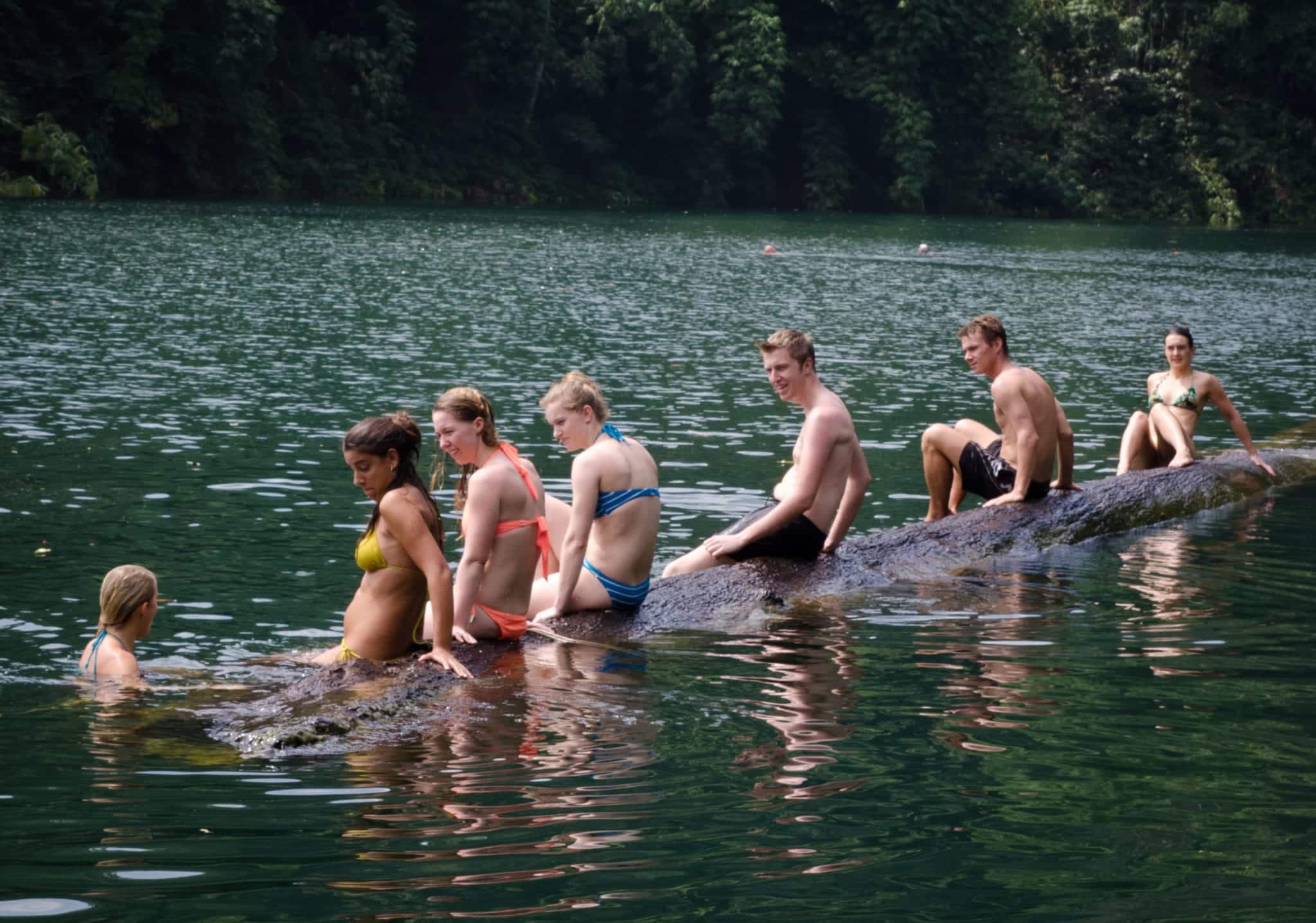
The Backpacking Crowd
Southeast Asia tends to draw a young, often first-timer backpacking crowd. Most backpackers tend to be in their early-to-mid-twenties. It can be jarring to be out with a group and find out that one of your companions is just 18 years old!
For this reason, you see a lot of early-twenty-something behavior. Lots of drinking to excess and immature behavior. Party destinations like Kuta, Koh Phangan, and Koh Phi Phi are especially big with the younger crowd. You do tend to find more older backpackers in quieter, more rural destinations.
You’ll find lots of Australians and Europeans in particular, though people come from all over the world. There are tons of French people in northern Thailand. Southern Vietnam beach towns have menus in Russian! And Kuta, Bali, is basically Australia’s version of Cancun.

Central America, in comparison, tends to draw an older, more experienced, and much more North American crowd. I visited Central America at age 30 and was thrilled at how nice it was to be surrounded by late-twenty- and thirty-somethings!
Central American’s surf towns, in particular, draw a ton of Canadians. I met more people from Saskatchewan in San Juan del Sur than I’ve ever met in my life. There’s even a Canadian bar there called the Loose Moose.
Is there a reason for this age disparity? I think so. Most new backpackers cut their teeth in Southeast Asia and especially Europe, which I’d argue has the youngest backpacking crowd in the world.
Central America, along with South America, has a more “dangerous” reputation and is therefore the choice of more experienced travelers. And more experienced often means older. As for the more North American crowd, it’s much cheaper to fly there.
Of course, keep in mind that these rules aren’t absolute. You’ll find backpackers of all ages and nationalities in both regions.
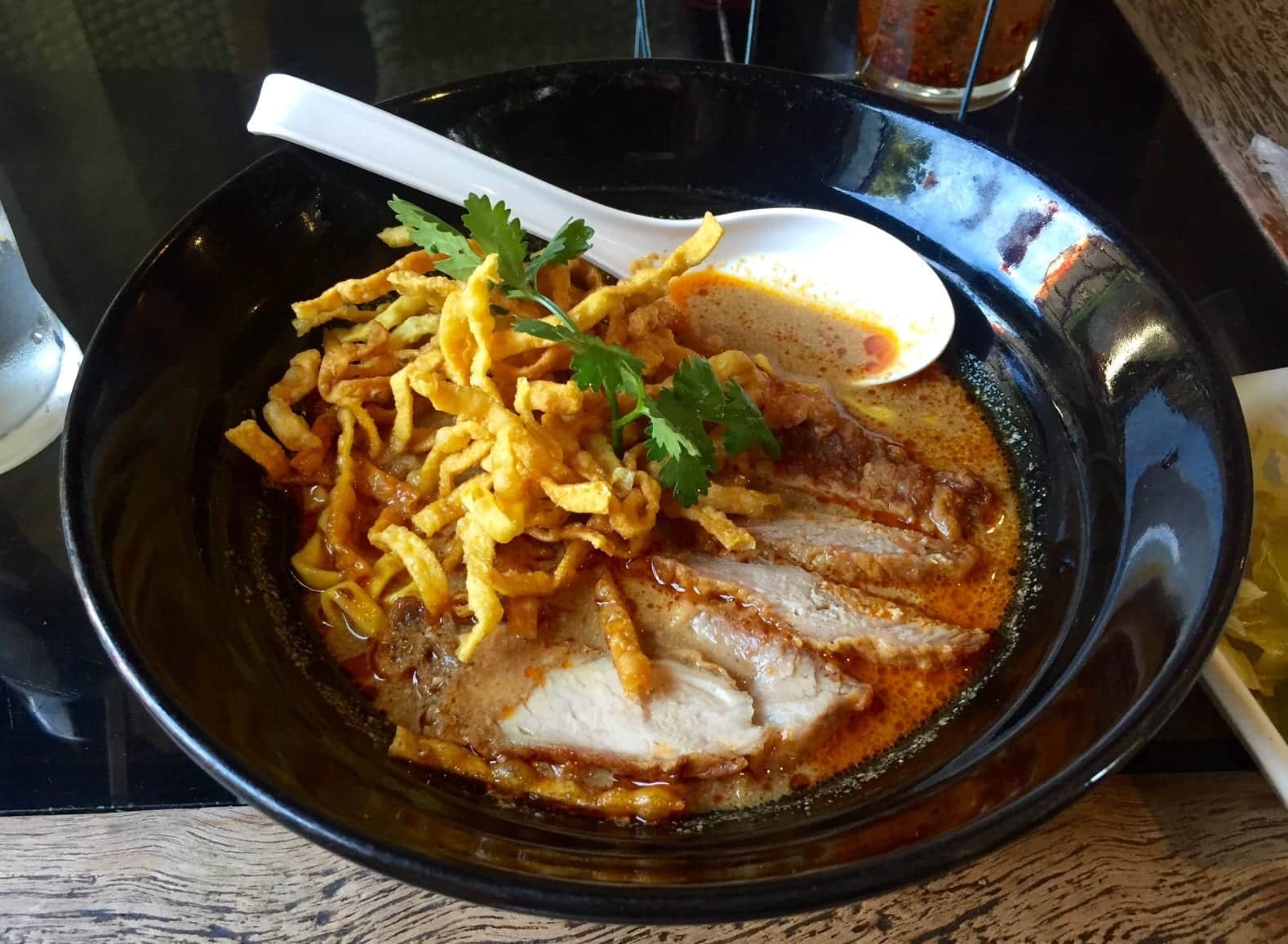
Food
Southeast Asia is one of the most spectacular food destinations in the world. If you’re into food in the least, you must come to Southeast Asia at least once in your life. Thailand, Vietnam, and Singapore are my absolute favorite food destinations within the region.
Food in Southeast Asia is highly varied and often complex. You could stay for months and eat a different dish every day. Plus, Southeast Asia has a rich street food culture that makes it possible to eat fantastic food on the cheap on an everyday basis. Food is the center of life here.
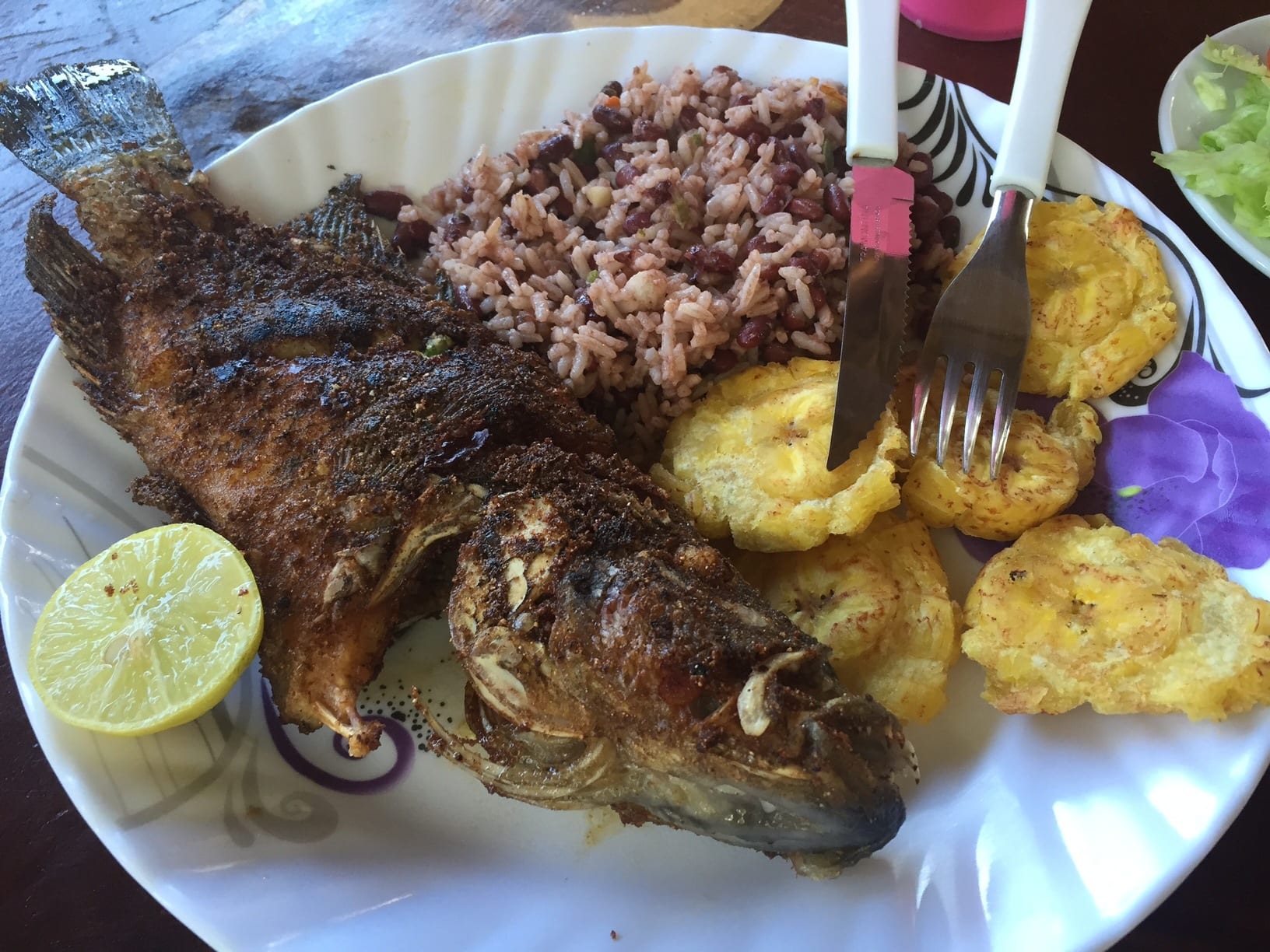
Central America, by comparison, isn’t nearly as exciting. Most dishes, especially if you’re on a budget, are a variation of meat or fish, rice and beans, plantains, and tortillas. You can get tacos everywhere in Guatemala and El Salvador.
Of course, that’s not everything — there’s fresh lobster on the Caribbean coast, pepian stews in Guatemala, Creole cuisine in Belize, and the gift sent from heaven known as Salvadoran pupusas and now I want to eat a million pupusas. But for the most part, it’s fairly monotonous.
There is one exception: lots of backpackers include Mexico in their Central American trips, and Mexico is one of the best, most diverse, and most underrated culinary destinations in the world.
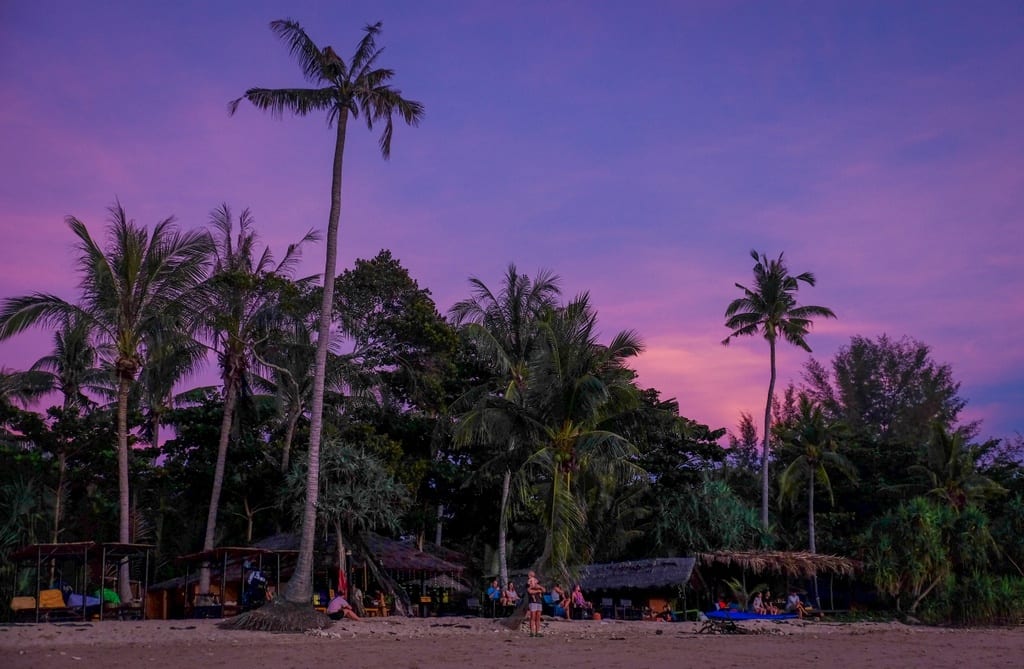
Music
Southeast Asia is known for its slooooooow cover songs. I always say I’m not back in Thailand until I hear the breathy “Sweet Child o’ Mine” cover where the guitar riff is played on a flute. A FLUTE. Beyond that, the music is decent but nothing special or extraordinary.
Central America, by contrast, is a party. Everyone blasts salsa and bachata and meringue and Latin rock music. Even if you don’t think you’re a Latin music person, you’ll get into it — especially if you learn how to dance! I think within a month after hearing “El Taxi” from thinking “WTF is this song?” to singing along en español.

Nightlife
Backpackers in Southeast Asia tend to stick to backpacker-oriented nightlife. There are backpacker bars throughout the region and it’s rare to see locals drinking at the same places. Bucket cocktails are ubiquitous, especially in Thailand. Neighborhoods like Khao San Road in Bangkok are giant backpacker party zones.
The sex tourism scene in Southeast Asia has an impact on this nightlife — it’s common to go out and see young Southeast Asian women with a much older western male partners. And due to the younger age of backpackers in Southeast Asia, you see much more irresponsible drinking.
While some backpackers do cross over and party alongside locals, especially in cities, this tends to be the exception rather than the rule.
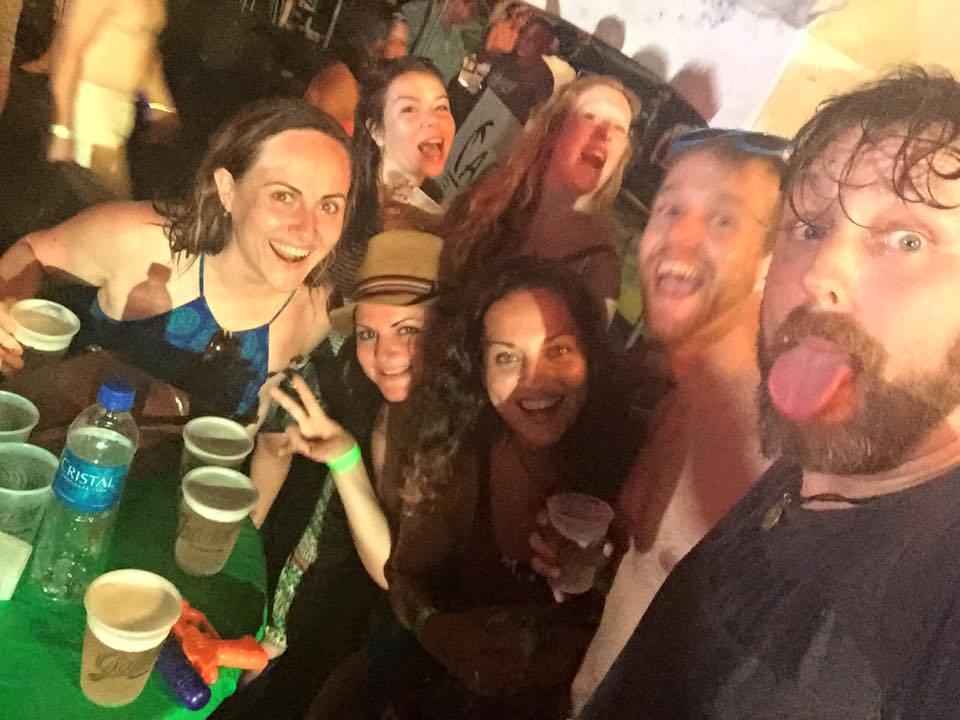
Backpackers in Central America tend to join in the local nightlife. Backpacker bars have their place — particularly in more touristy zones like San Juan del Sur, Nicaragua, and San Pedro, Guatemala — but more often backpackers mix with locals in bars and clubs. It’s common to end up with new local friends by the end of a night.
If you’re interested in Latin American nightlife, the single best thing you can do is learn to dance! Salsa lessons are offered everywhere and it’s a great way to get into the local culture.
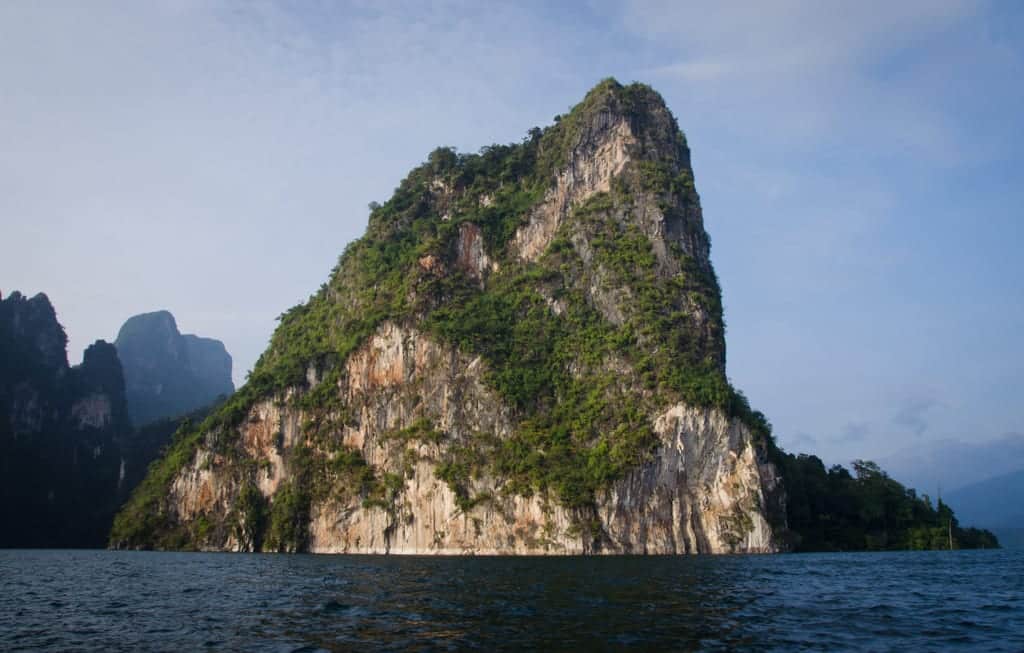
Outdoor Adventure
Both Southeast Asia and Central America are great choices for the outdoors, but their different landscapes offer different options.
Southeast Asia’s outdoor highlights include jungle trekking, rock climbing, motorbike trips, and diving. Northern Thailand, northern Laos, and northern Vietnam are home to hill tribe villages and excellent trekking. Rock climbing is popular in Railay, Thailand.
Renting a motorbike is a popular activity throughout Southeast Asia, and many backpackers rent for several days and do a trip. Pai, Thailand, is a great place to learn; the most epic adventure is the length of Vietnam from Saigon to Hanoi or vice versa.
Koh Tao in Thailand is known as the best (and cheapest) place to learn to dive in the region, and some of the best places to dive in the region include Nusa Tenggara region of Indonesia, Sipadan in Malaysia, several islands in the Philippines, and the Similan Islands in Thailand.
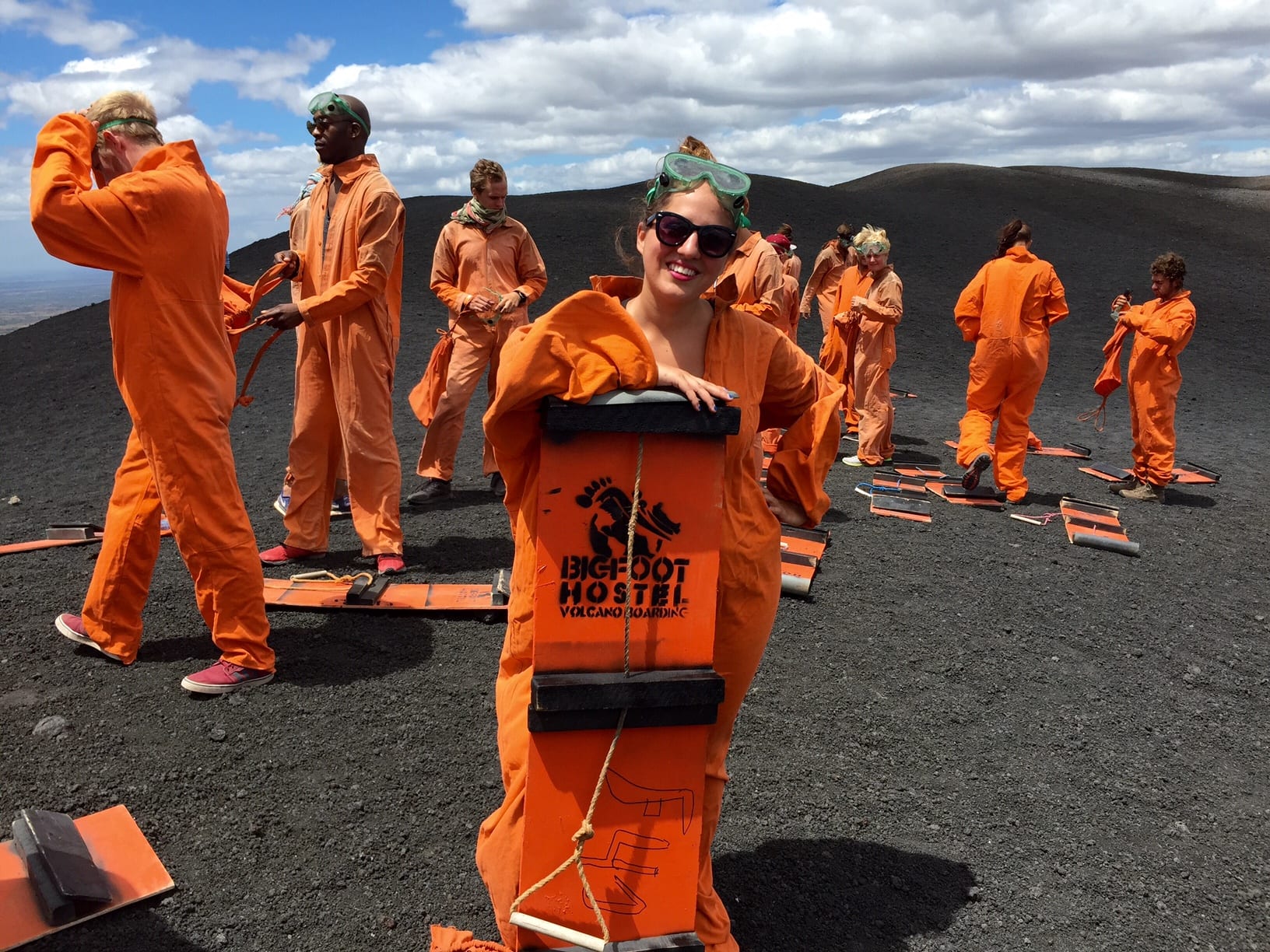
Central America’s outdoor highlights include surfing, rafting, volcano hiking and diving. The Pacific coast is full of surf towns, and volcanoes are scattered from Guatemala to Panama.
Costa Rica in particular has so much infrastructure around outdoor tourism. From hiking to rafting to zip-lining, there are tons of options and tour operators throughout the country.
Utila in Honduras is the best (and cheapest) place to learn to dive in the region. Some of the best diving is on Utila and Roatán in Honduras, the Corn Islands in Nicaragua, Isla del Coco in Panama, and for advanced divers, the Blue Hole in Belize.
Central America is also home to two very unique outdoor adventures: volcano boarding near León, Nicaragua, and exploring the ATM caves filled with human sacrifices near San Ignacio, Belize.
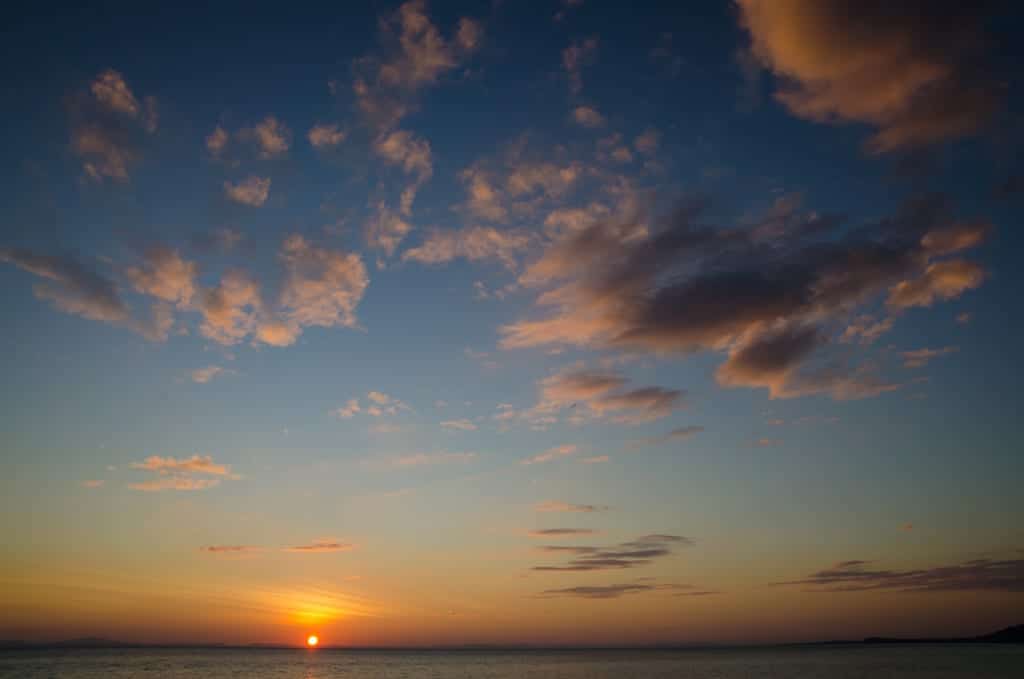
Natural Beauty and Scenery
Man. This is hard, especially since most of my Southeast Asia photos are from back when I had a bad camera and poor photography skills.
Here are five of the most beautiful places in Southeast Asia:
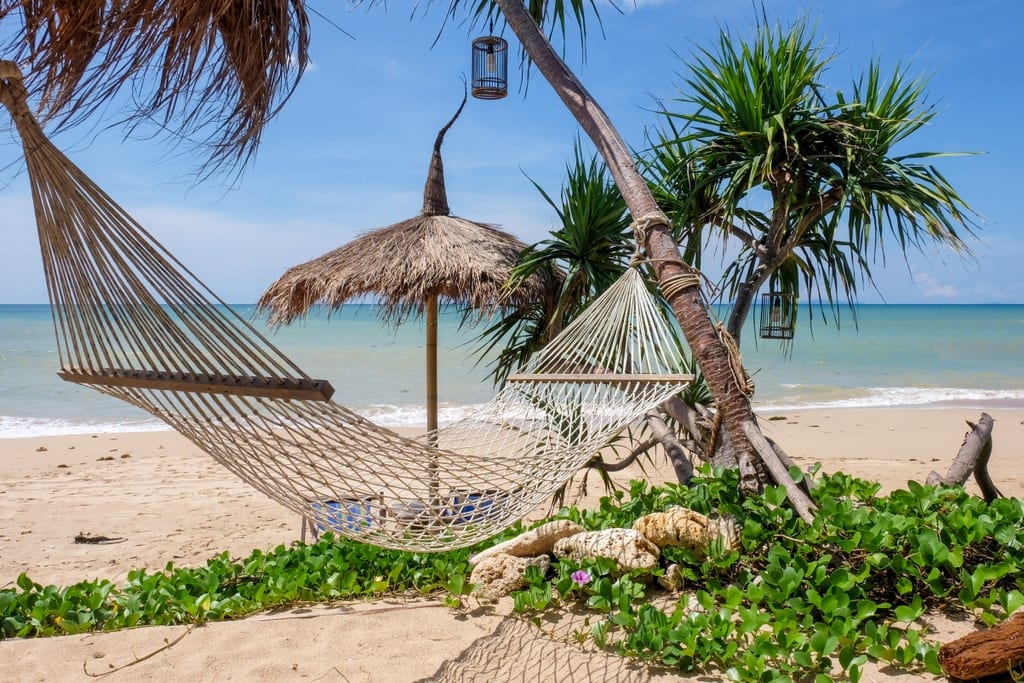
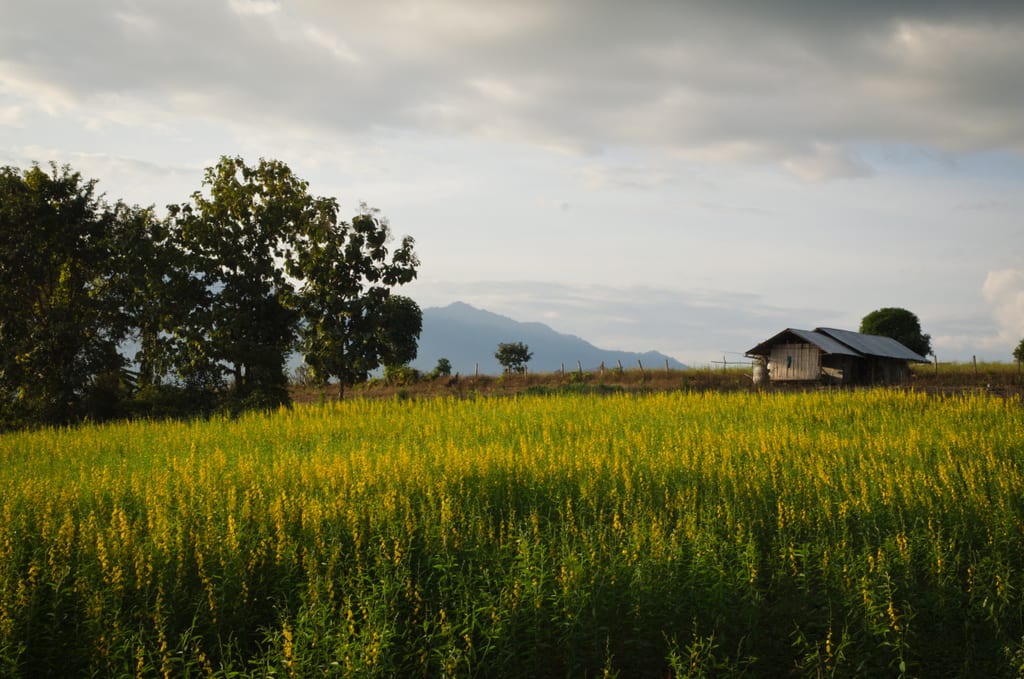

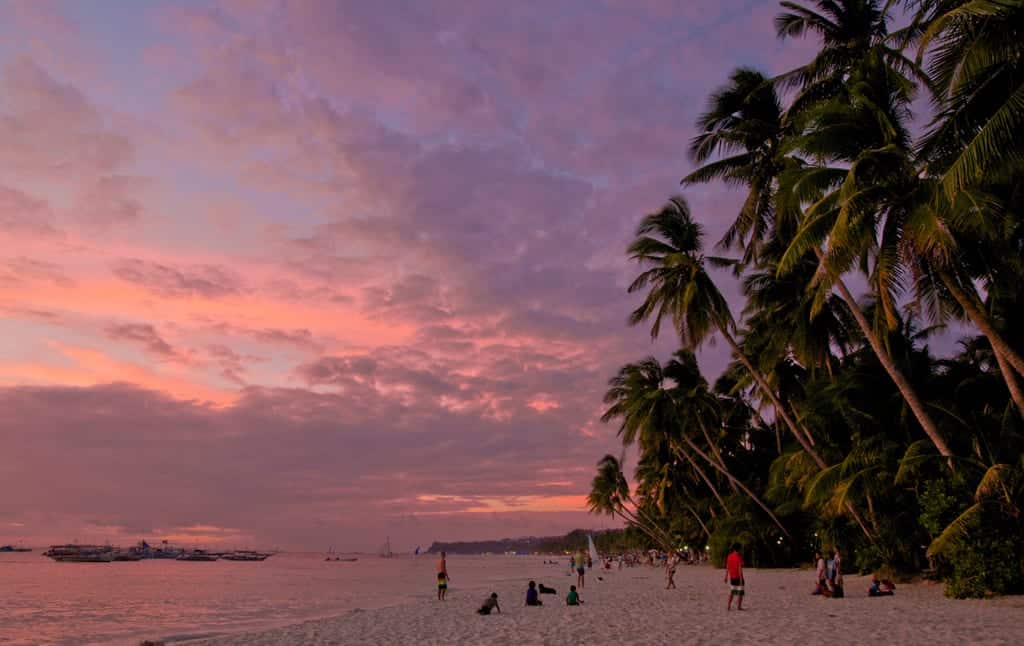
Here are five of the most beautiful places in Central America:
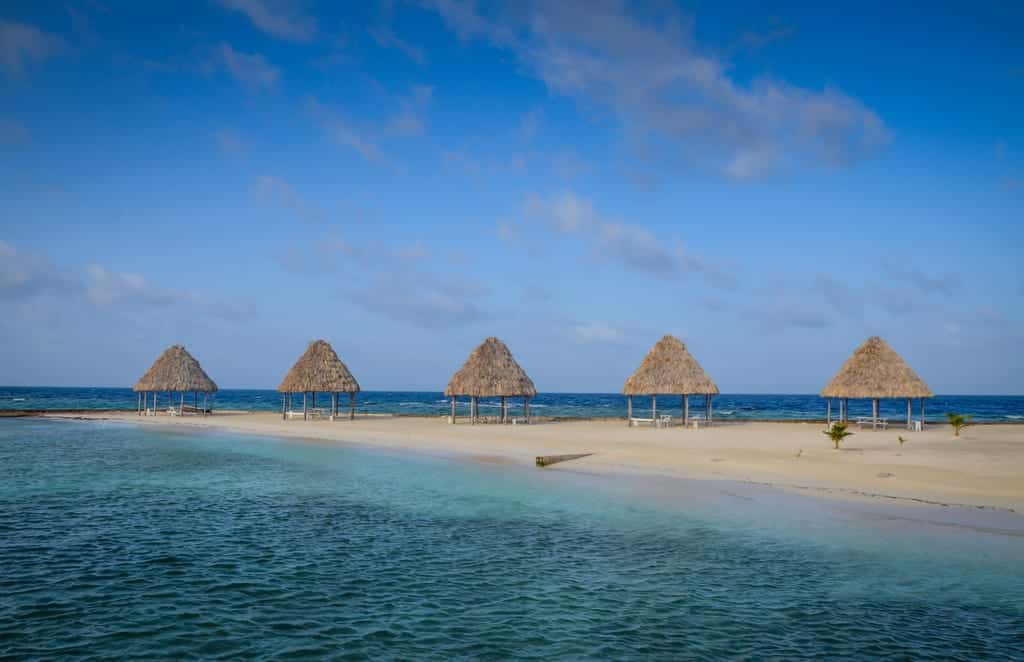
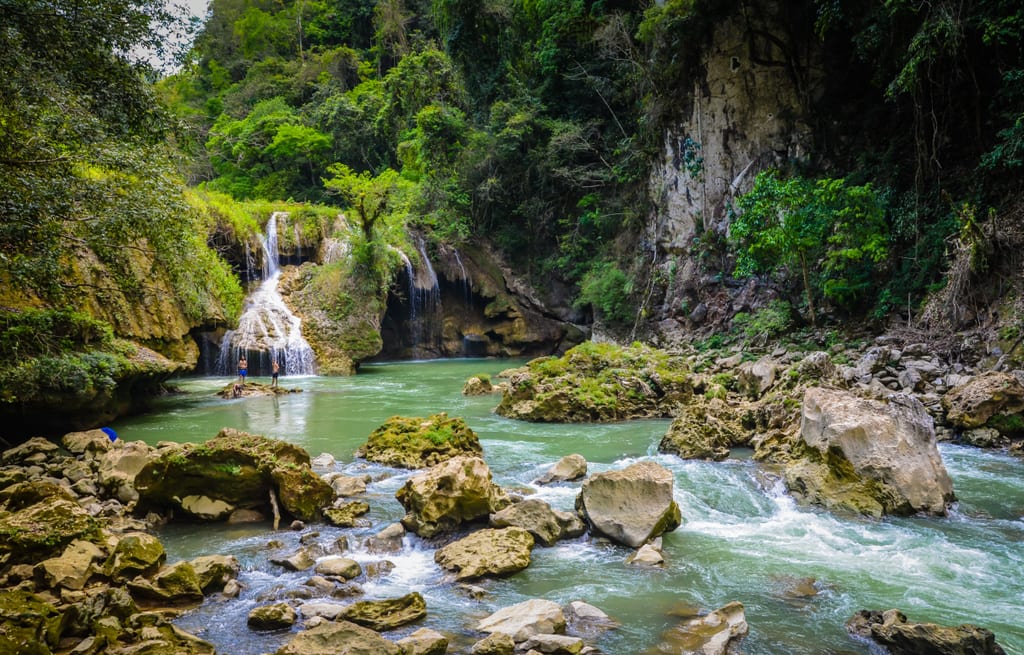
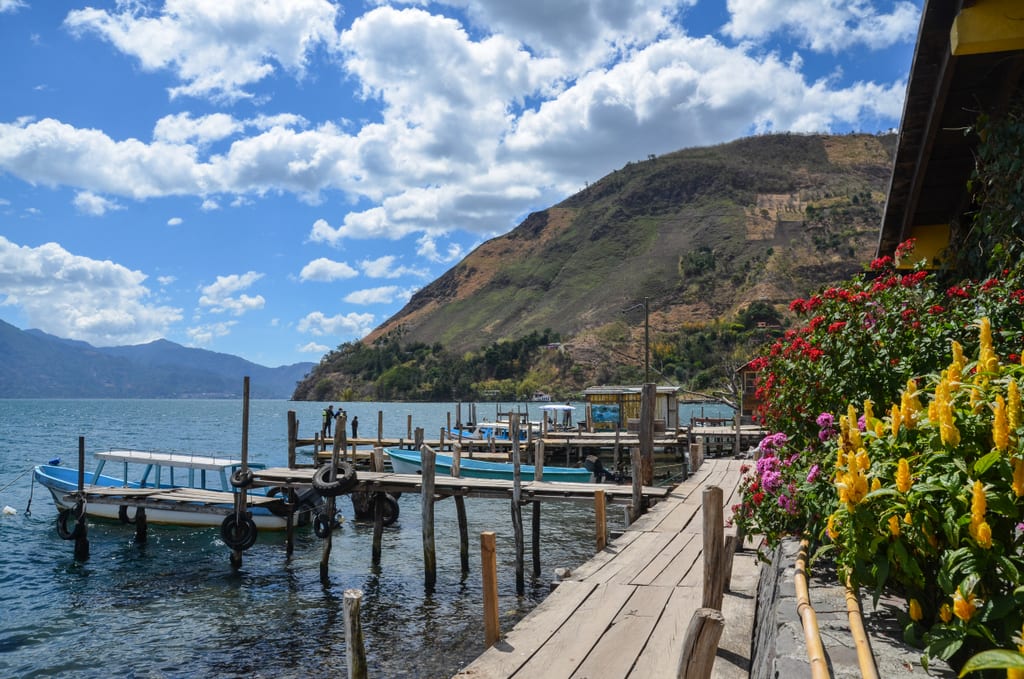


As you can see, both regions are home to incredibly beautiful places.
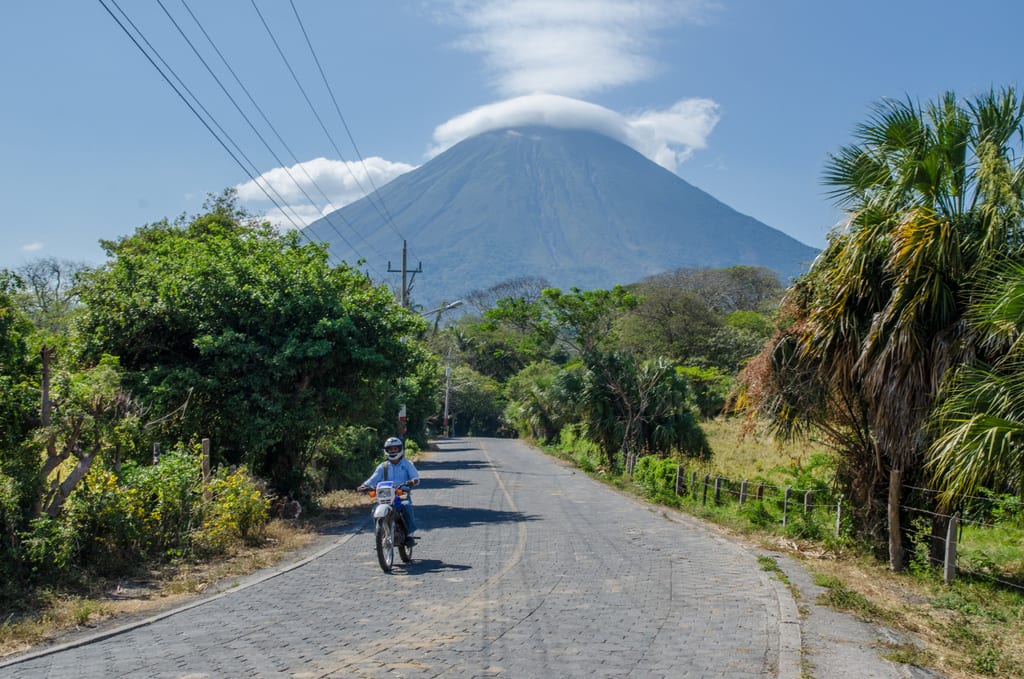
Language Barrier
In Southeast Asia, nobody expects you to speak Thai or Khmer or Vietnamese, and most locals in tourism speak at least a little bit of English. You’ll get by just fine. That said, you should make an effort to use the local words for “hello” and “thank you” at an absolute minimum. “Delicious” is a great word to learn, too!
In Central America, you should make an effort to learn some Spanish before you arrive. It’s an easy language, fewer locals speak conversational English, and you’ll have a far better time if you can speak a little bit. Many people start their Central American travels with a cheap Spanish crash course or immersion program in Guatemala. English is spoken in Belize.

Ease of Travel and Infrastructure
Southeast Asia is probably the easiest place to travel in the world. I’m not kidding. Virtually every guesthouse acts as a travel agent, so you can be at a guesthouse in Pai and say, “I’d like to go to Koh Phi Phi,” and they’ll get you a minibus, train, second train, bus, and ferry ticket.
There are also lots of budget airlines that can carry you throughout Southeast Asia. These days I’ll always pay for a 75-minute, $60 flight from Bangkok to Chiang Mai rather than a $15, 12-hour bus.
Southeast Asia has accommodation at every tier, but simple guesthouses are most popular for backpackers. Also, keep in mind that beds tend to be very hard in Asia.
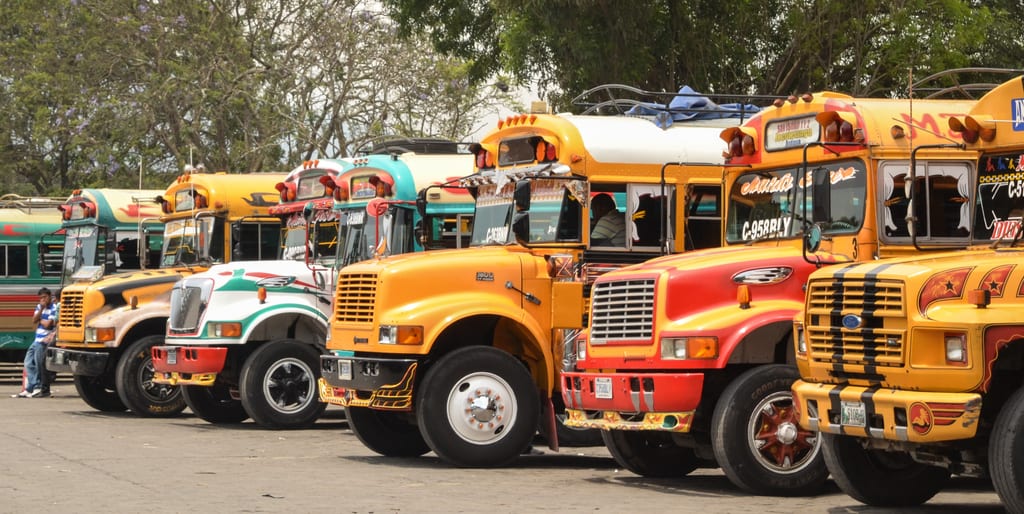
Central America isn’t quite that easy, but it’s still not too difficult to get around. Most guesthouses will be able to advise you on how to get to your next destination, though you often have to do the figuring-out yourself.
There are also several backpacker bus lines that run between destinations. I highly recommend taking them on long journeys between tourist hotspots — like Lanquín and Flores in Guatemala, for example, where you get a comfortable, air-conditioned journey instead of having to take four different cramped chicken buses.
Flights within Central America tend to be much more expensive, so bus travel is more of a norm here.
Central America has more of a hostel scene, in addition to guesthouses, but private rooms in hostels are common. I only slept in dorms in Costa Rica (due to price) and Ometepe, Nicaragua (due to everyone being early to bed and early to rise the next day). I don’t know why, but most guesthouses in Central America have absolutely terrible pillows.
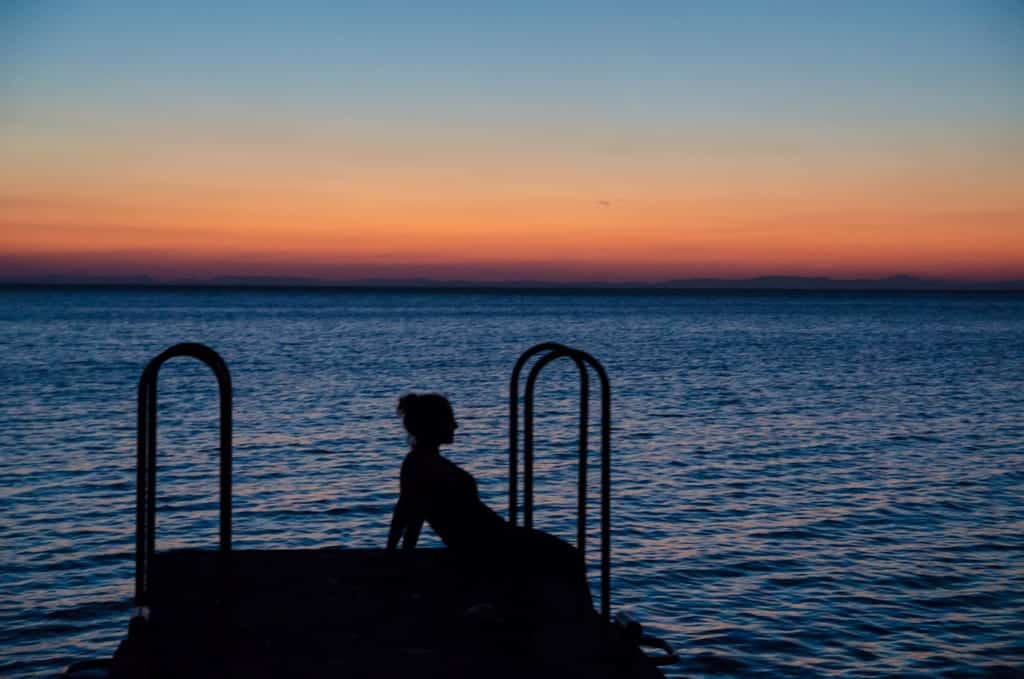
Cost
Keep in mind that you can’t paint an entire region with a single brushstroke because it varies so much within. No matter where you go in the world, the most expensive destinations tend to be cities, beaches, and tourist hotspots. The cheapest destinations tend to be rural areas and places tourists don’t visit in large numbers.
Yes, Thailand has a reputation for being cheap, but keep in mind that a cheap day in Pai would cost you $20 while a cheap day in Koh Phi Phi would cost closer to $50.
The cost of flights can also be a big factor, especially for shorter trips. You see more North Americans in Central America and more Australians in Southeast Asia for this reason.
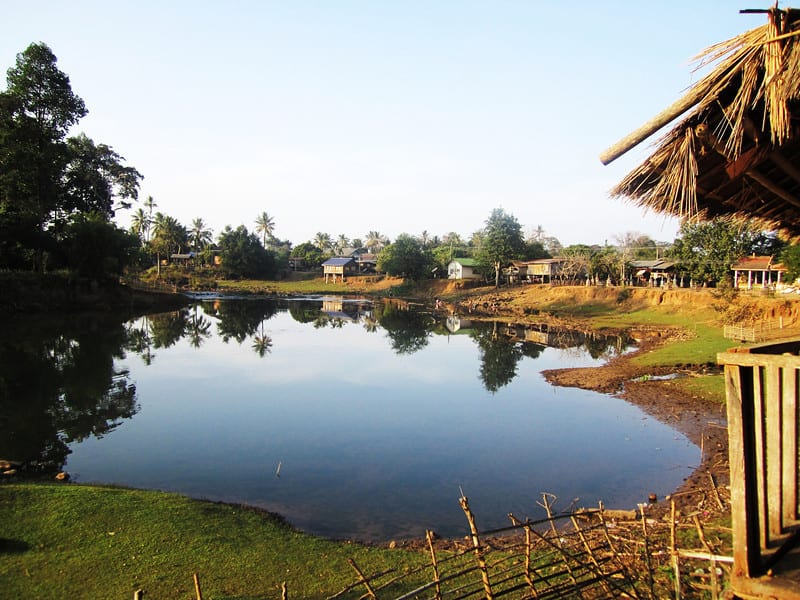
Southeast Asia tends to be a bit cheaper overall than Central America, particularly when comparing the cheapest destinations. The most expensive places are Singapore and beach resorts in southern Thailand. The cheapest places are rural Laos, Cambodia, northern Thailand, Vietnam, and Indonesia.
You tend to get more value here — say, a $20 guesthouse in Southeast Asia would probably be fancier than a $20 guesthouse in a comparable Central American destination.
Central America is pretty close to Southeast Asia prices but a bit more expensive. The most expensive places are beach resorts in Belize and Costa Rica. The cheapest places are rural destinations in Guatemala, Honduras, El Salvador, and Nicaragua.
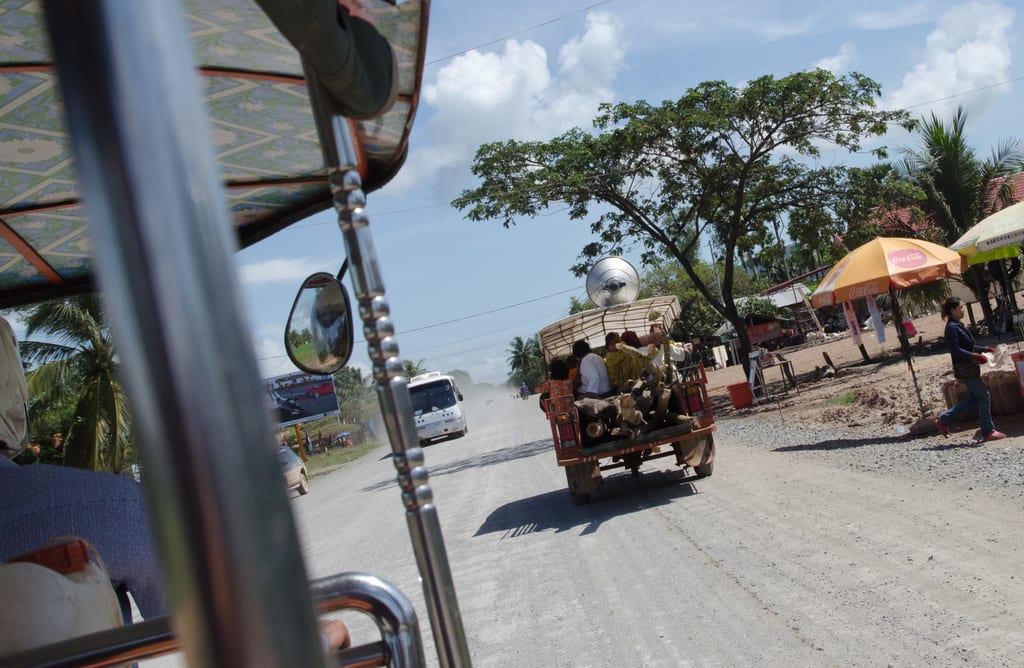
The Safety Factor
First of all: remember that anything can happen anywhere. You can go to a destination with a dangerous reputation and turn out totally fine; you can visit somewhere with a super-safe reputation and get robbed or worse. Nothing is absolute.
No matter where you go in the world, I recommend following my Top 10 Travel Safety Tips for Women and researching your destinations before arriving.
Southeast Asia has a reputation for being very safe. For the most part, it’s an extremely safe destination where violent crime is rare.
Petty crime is a factor, especially in Cambodia and Vietnam. Hold onto your bags, especially when in tuk-tuks. Lock up your stuff. Listen to local warnings and read up on local scams.

Central America has a bit more of a spotted reputation. While Central America is home to cities with the highest murder rate in the world, like San Pedro Sula, Honduras, keep in mind that most tourists don’t go to those cities, anyway.
You should be on guard for robbery and petty crime, particularly when in cities and on public transportation. Before I went to Central America, I bought an anti-theft day bag that locked securely (this is the one I use now). Listen to local warnings and read up on local scams.
Another safety factor in both Southeast Asia and Central America is that transportation may not be up to code. Sometimes bus drivers are hopped up on drugs to keep them awake longer to make more money. I was shipwrecked in Indonesia back in 2011; boat sinkings do happen with more frequency in Southeast Asia than at home. I talk about boat safety in this post.
It’s hard to know whether transportation is legit or not, but I recommend doing research before your trip and not being afraid to spend more on a higher quality ride.
In both regions — and on every trip you take — you should always buy travel insurance. I use and recommend World Nomads.
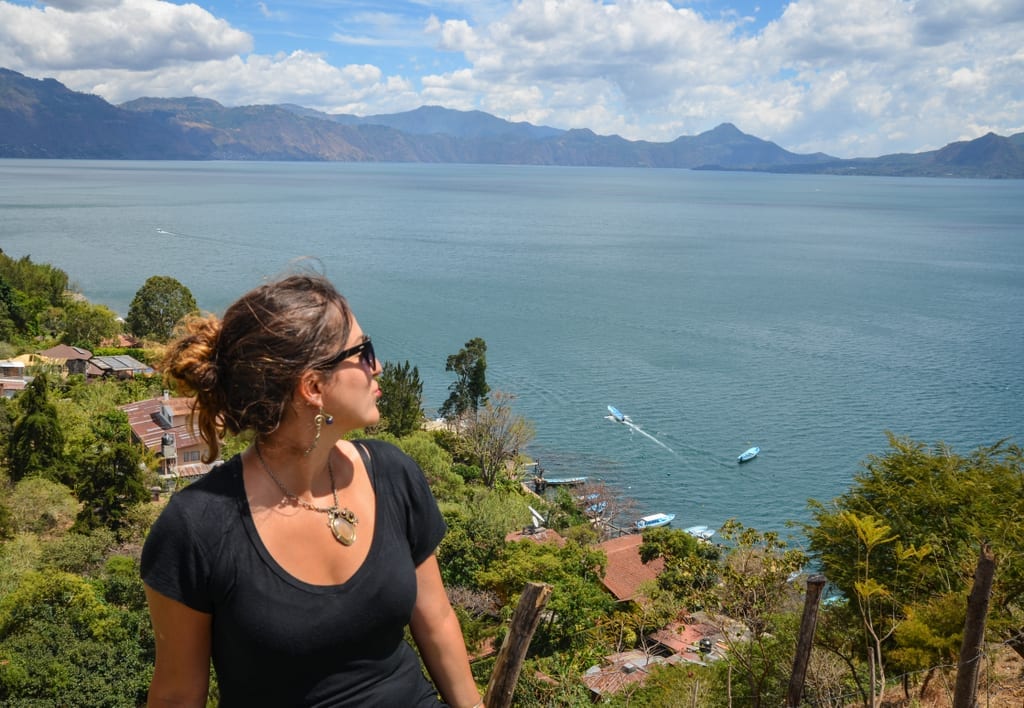
Women’s Safety
As a woman, I feel more comfortable in Southeast Asia than anywhere else in the world. Street harassment isn’t a thing here and I never get catcalled. I also feel more comfortable in Southeast Asia because street vendors are often out all night long in cities, meaning that you’re never alone.
The only place I felt remotely uncomfortable for being a woman was in the Indian communities of Kuala Lumpur because the men stared at me as I walked down the street.
Central America is different. While I felt very safe in most destinations, I did not feel safe going out alone at night in Antigua, Guatemala, or León and Granada in Nicaragua. (I recommend either going out with a group, taking taxis, or choosing a guesthouse with a restaurant in it.) Going out alone during the day is fine everywhere.
Street harassment is also constant throughout much of Central America, though it is far less pervasive in rural areas. I found street harassment to be the absolute worst in Granada, León, and San Juan del Sur in Nicaragua; Antigua in Guatemala; and Caye Caulker in Belize.
I felt the safest in rural Guatemala, particularly in Mayan areas like around Lake Atitlan. Mayan men don’t verbally objectify women. I also felt safe in small towns in Costa Rica. While people often worry when they hear the words “El Salvador,” I felt tremendously safe in the tiny town of El Tunco, even walking alone at night.
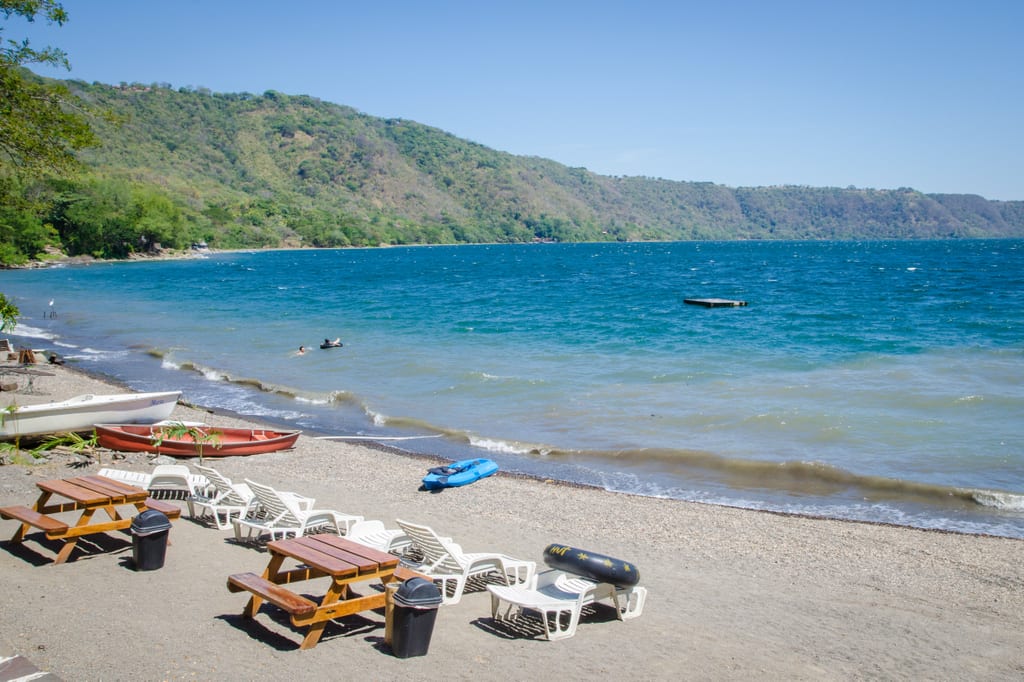
So which region is best?
I’m not going to say one region is better than the other because that’s a decision you should make, not me! What’s right for you as a person and a traveler is completely different than what’s right for me. So I hope you use this list as just one resource in your planning.
That said, I think it’s smart to start with Southeast Asia if you’re a younger or less experienced backpacker, or if you’re on an extremely low budget. Central America will always be there waiting when you’re older and have more experience. But if you want to do the opposite, hey, there’s nothing wrong with that!
Overall, Southeast Asia and Central America are two incredible regions that deserve to be explored in depth. I hope you get to experience both of them in your lifetime.

